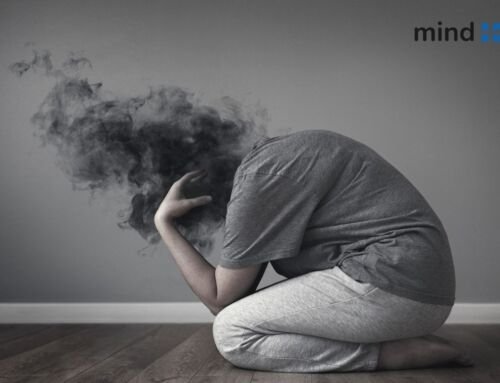Borderline Personality Disorder, its Symptoms and Treatment
By Saima Bano, Clinical Psychologist
A mental health disease called borderline personality disorder impacts how a person feels and thinks about himself and other people making it difficult to function in daily life, a person who suffers from this disorder has problems understanding or controlling their emotions. Self-image problems, mood swings, and behavior adjustments are frequently involved. Additionally, it could lead to a feeling of instability and unease. A person with borderline personality disorder may have trouble with being alone and may have a severe fear of abandonment or instability. Even if the individual wants to have meaningful and enduring relationships, excessive anger, impulsivity, and frequent mood swings may drive people away. Usually, by early adulthood, borderline personality disorder manifests itself. Young adults seem to experience worsening of the illness, which may eventually improve with age. BPD is present in about 1.4% of Americans, according to a reliable source. As well as According to the National Alliance on Mental Illness (NAMI), women account for about 75% of diagnosed cases. However, other experts state BPD may affect men just as frequently. It’s frequently misdiagnosed as depression or post-traumatic stress disorder (PTSD).
Symptoms of Borderline Personality Disorder (BPD)
Mental health specialists divide the symptoms of borderline personality disorder (BPD), which can present in a variety of ways, divided into nine main areas. To acquire a BPD diagnosis, a person must exhibit five or more of these indicators. Additionally, the symptoms must affect numerous aspects of a person’s life and be long-lasting (often starting in puberty). Symptoms are as follows:
-
Fear of being abandoned:
A common fear of BPD sufferers is being left alone or abandoned. Even seemingly unimportant events, such as a beloved one leaving for the weekend or arriving late at home after work, can cause extreme panic.
-
Unstable relationships:
Intense and transient relationships are more common in people with BPD.
-
Changing or uncertain self-image:
A person with BPD often has an unstable sense of who they are. The person may occasionally feel good about themselves. But they may also loathe themselves or even think badly of themselves.
-
Self-destructive, impulsive actions:
When someone has BPD, especially when they are distressed, they may engage in hazardous, sensation-seeking behaviors. The person may overindulge in drugs or alcohol, binge eats, drive dangerously, shoplift, engage in unsafe sex, or make rash financial decisions.
-
Deliberate self-harm:
Individuals with BPD frequently engage in intentional self-harm and suicidal conduct. The Suicidal act includes making suicidal gestures or threats, considering suicide, and trying to commit suicide. All such attempts to damage oneself without a suicide motive are considered self-harm. In fact, Self-harm techniques including cutting and burning are frequently used.
-
Extreme mood swings:
With BPD, unstable emotions and moods are frequent. A person could feel delighted one minute and dejected the next.
-
Feelings of emptiness that persist:
People who have BPD frequently describe feeling as though they have a hole or emptiness inside of them.
-
Anger outburst:
a person having BPD may have trouble controlling their extreme anger and rage.
-
Feeling untrustworthy or disconnected from reality:
People with BPD frequently deal with paranoia or questions about the intentions of others. The sense of dissociation occurs when a person is under extreme stress and may potentially lose contact with reality.

TREATMENT
Usually, the major form of treatment for BPD is psychotherapy. A mental health specialist might suggest one of the following kinds:
Cognitive Behavior Therapy (CBT)
A person can recognize unhealthy ideas, habits, and false views they may have of themselves or others and modify them with the use of CBT. It teaches better methods to respond when someone is angry, insecure, anxious, or thinking about taking their own life.
Dialectical Behavior Therapy (DBT)
DBT teaches individuals how to become aware of, accept, and also identify their own beliefs and behaviors. Additionally, one can learn how to react to other people’s actions more rationally.
Schema-focused Therapy
Schema-focused treatment aids in fostering a more optimistic outlook on oneself and the outside world.
Medication
Medications are prescribed by doctors to relieve symptoms such as mood swings, aggression, and anxiety experienced by a person with BPD.





